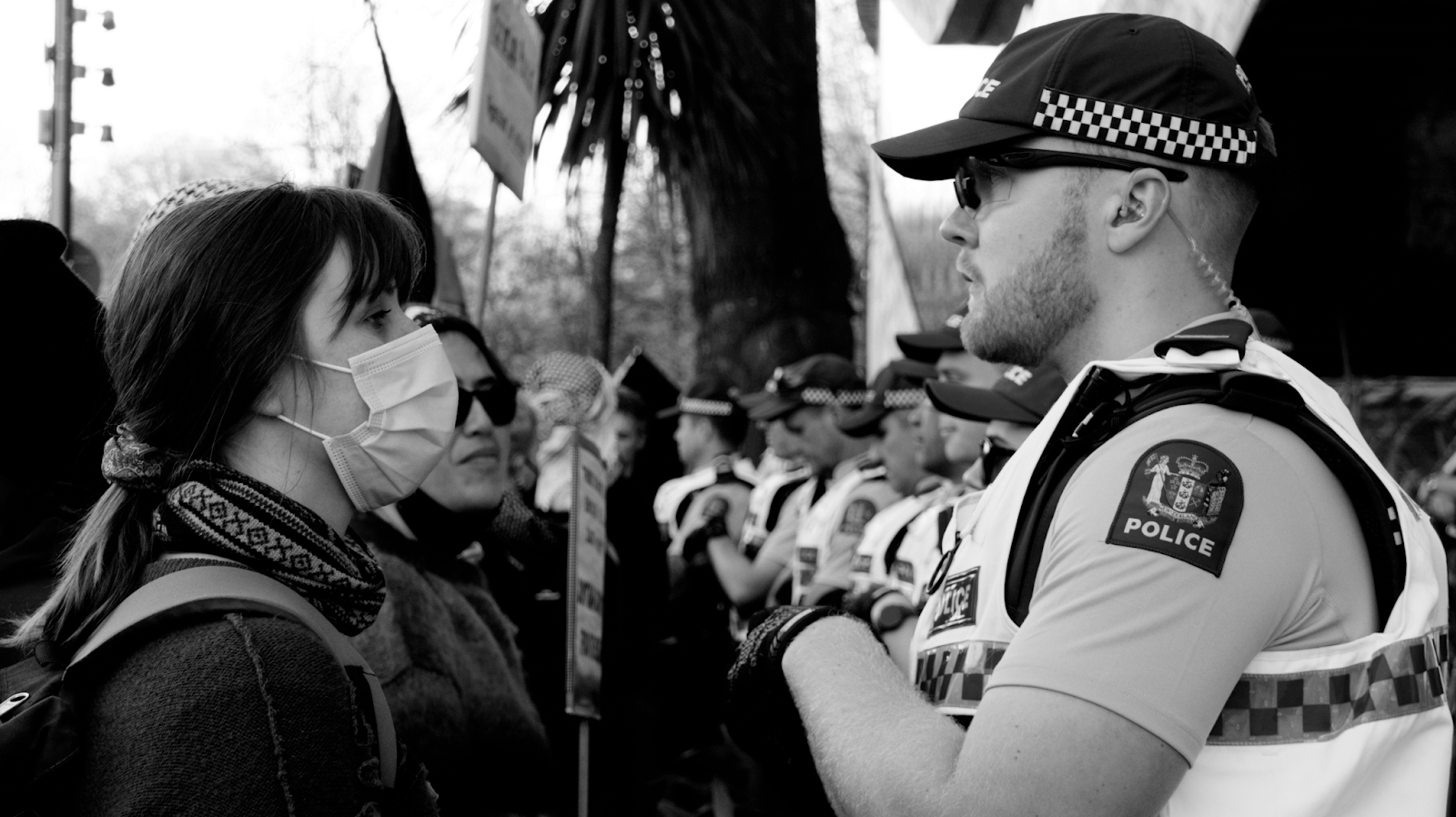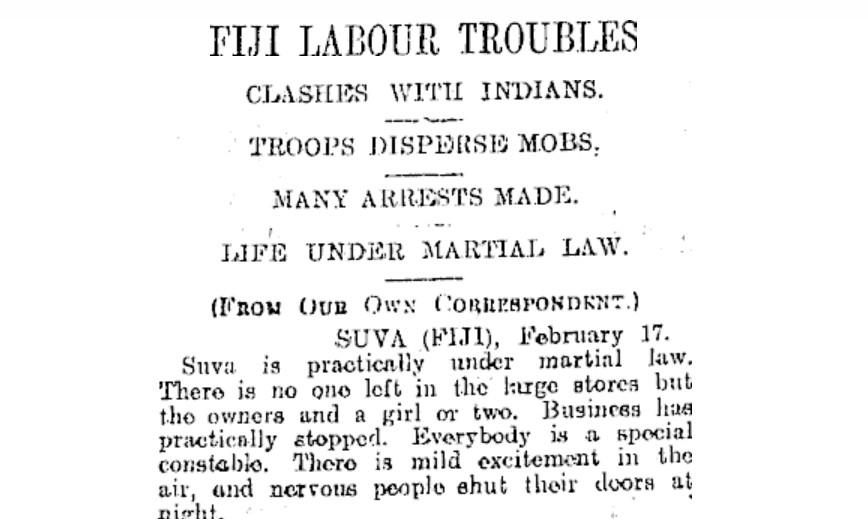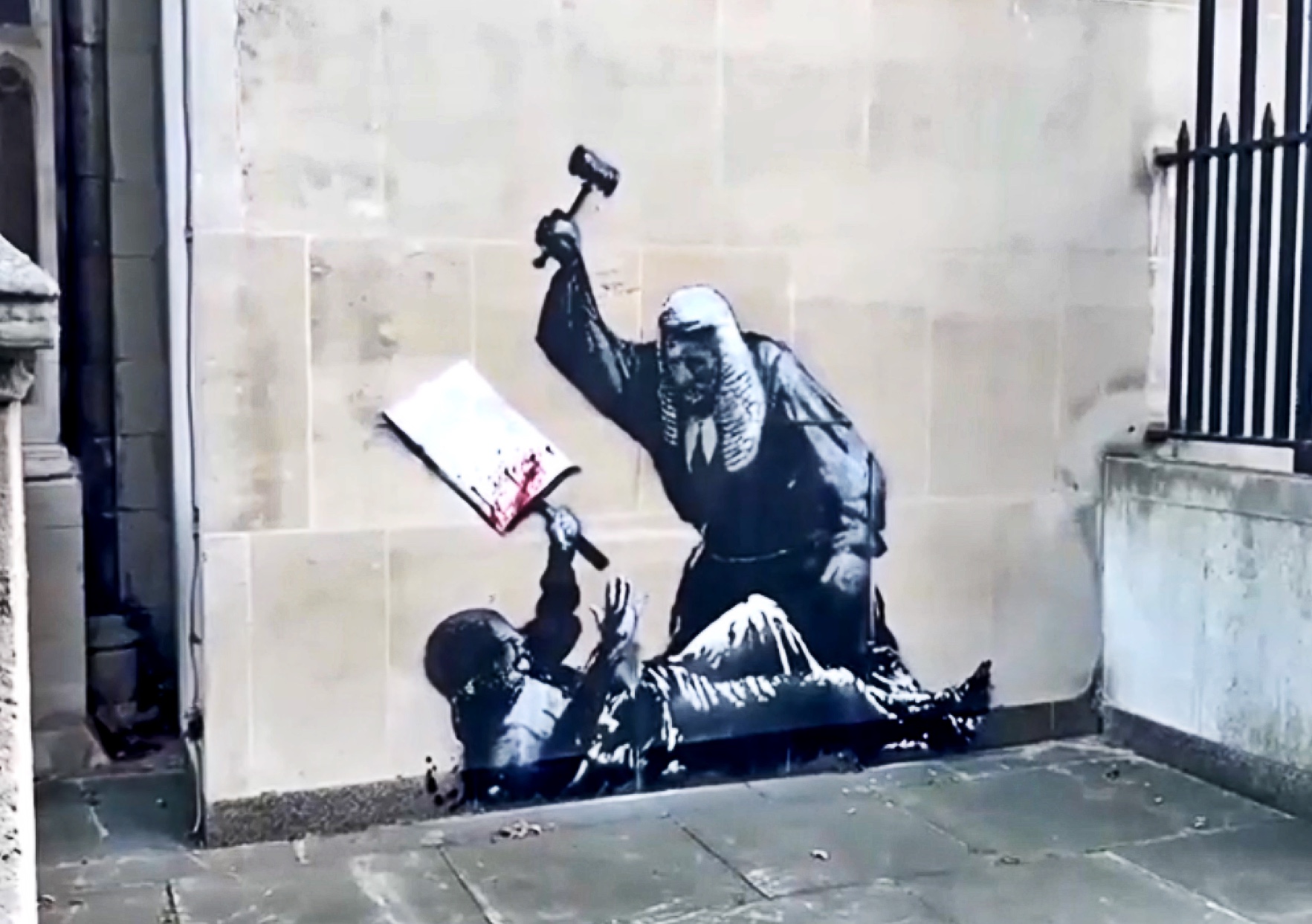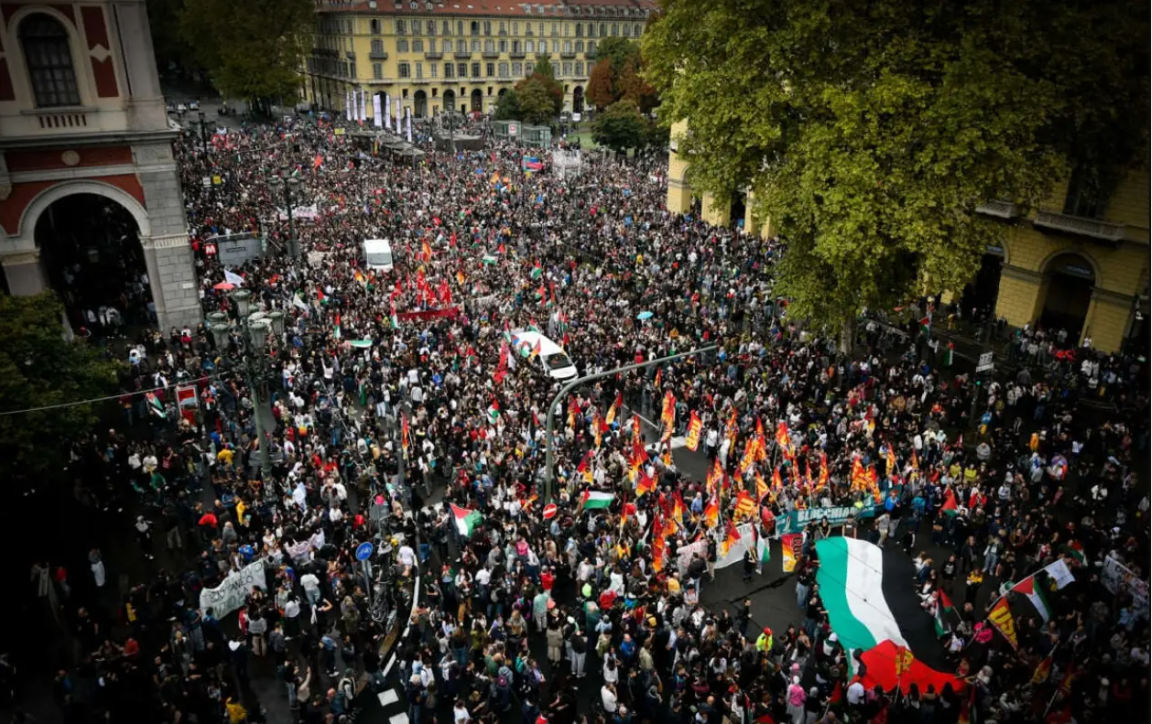Image Caption: Trade union, Palestine, and Tino Rangatiratanga flags at parliament, showing the convergence of Māori, pro-Palestine and workers’ struggles. Photo Credit: Public Service Association.
“The year of the strike? Perfect pay storm looms over public sector.” This was the headline of an article back in February by a prescient Stuff journalist.
This perfect storm has arrived, though it’s about much more than pay. Under conditions of today’s unprecedented political mobilisations, and an increasingly authoritarian government which has thrust the right to strike into the foreground, the current strike wave has the potential to develop into a force which reshapes the political landscape of Aotearoa.
Tertiary educators, ministry staff, senior doctors and dentists, nurses, firefighters, secondary teachers, primary teachers, and allied health professionals have all either taken strike action in support of collective bargaining this year, or have voted on it.
And despite the large-scale deunionisation of the private sector, strikes have also broken out this year in places as diverse as private medical laboratories, McDonald’s, aged care facilities, Briscoes, Rebel Sport, Stuff newsrooms, and Christchurch City Council.
As the predicted perfect storm breaks, the Coalition government is closing the door on mechanisms for fixing gender-based pay disparities outside of collective bargaining, intervening illegally in union negotiations, and ramping up its political attacks on the right to strike.
In May, the Government took $12.8 billion in budgeted pay equity funding out of working women’s pockets. In June they legalised harsh pay penalties for workers undertaking partial strikes, which are often innocuous actions like wearing union t-shirts or exercising free speech in the media. And this month, Health minister Simeon Brown undermined collective bargaining unlawfully by demanding the senior doctors’ union forget negotiating with Te Whatu Ora and submit to an imposed settlement. The union refused.
After signalling law changes to undermine workers’ democratic rights to free speech, our right to protest, and our right to enrol and vote, this increasingly authoritarian government is again following Donald Trump and is publicly considering draconian law changes to further restrict our legal right to strike across the public sector.
All of this is taking place against the backdrop of mass mobilisations in defence of Te Tiriti o Waitangi and in solidarity with Palestine on a scale never before seen in this country. The historic Hīkoi Mō Te Tiriti last November and the March for Humanity this month are the stand outs. But it’s easy to forget that in between these two mighty pou, other record-breaking uprisings have occurred, such as the 300,000 people who submitted against the ACT Party’s Bill to nullify Te Tiriti, and the weekly unrest over pay equity.
It’s also easy to forget that the convergence and mutual support between the Palestine solidarity campaign, Māori resistance, and the trade union movement in 2025 – which now seems like common sense – is also completely unprecedented.
Despite their predominantly working class base, Te Pāti Māori pursued a strategy of alliances with the National Party from its inception until 2017. Never once did they come out in support of public sector unions, and only rarely did they support private sector union struggles by Māori workers. It wasn’t until 2021 that new party leaders Debbie Ngārewa-Packer and Rawiri Waititi stood for the first time with striking public sector workers – something which has now become routine.
Union support for Indigenous rights has often meant little more than lip service. Now, for the first time, the NZCTU Te Kauae Kaimahi is organising a nationwide mobilisation against political, legal, and cultural attacks on Māori – Te Rā Whakamana – jointly with the National Iwi Chairs Forum.
Despite the best efforts in the 2000s by the late CTU President Helen Kelly, the union movement has been slow to support Palestine. As late as 2023, a cautious Resolution on the Palestine/Israel Conflict – which condemned Hamas as well as Israel – was almost scuppered by Zionist union leaders. At last, in 2025, there are no pro-Israel voices and unions are united in backing the history-making protests.
Within Māori politics, there used to be a small minority of high profile figures in the Māori Party and the Mana Party who were outspoken supporters of Zionism. At Waitangi in 2013, the Israeli flag flew alongside the Mana Party flag, Tino Rangitiratanga flag, the United Tribes flag, and signage promoting Mana Party leader Hone Harawira. Today, prominent commentator Tina Ngata is able to declare: “there is [effectively] no indigenous support for Israel.” Palestine supporters are backing Māori in return.
Thanks to the ceaseless pulse of protest in 2025, all of this is visible on a daily basis: Tino Rangatiratanga flags on picket lines, keffiyehs on the marae, and union banners on marches for Gaza.
A century ago, Marxist theorist and political leader Rosa Luxemburg examined what can happen when, under conditions of authoritarian government, a strike wave which begins over wages connects with political mobilisations like this. In her classic work, The Mass Strike, she observed that:
In the peaceful, “normal” course of bourgeois society, the economic struggle is split into a multitude of individual struggles in every undertaking and dissolved in every branch of production. On the other hand the political struggle is not directed by the masses themselves in a direct action, but in correspondence with the form of the bourgeois state, in a representative fashion, by the presence of legislative representation.
But “as soon as the masses appear on the scene of conflict, the breaking up the economic struggle into many parts, as well as the indirect parliamentary form of the political struggle ceases.”
Every new onset and every fresh victory of the political struggle is transformed into a powerful impetus for the economic struggle, extending at the same time its external possibilities and intensifying the inner urge of the workers to better their position and their desire to struggle. […]
In a word: the economic struggle is the transmitter from one political centre to another; the political struggle is the periodic fertilisation of the soil for the economic struggle.
In a mass strike, the underlying reality comes into view:
There are not two different class struggles of the working class, an economic and a political one, but only one class struggle, which aims at one and the same time at the limitation of capitalist exploitation within bourgeois society, and at the abolition of exploitation together with bourgeois society itself.
Although moves to abolish capitalist exploitation in Aotearoa are unlikely in the near future, we are witnessing a major escalation of working class struggle. In many cases, the strikes of 2025 in Aotearoa are unprecedented in terms of duration, frequency, or coordination. Senior doctors and dentists have walked off the job more often and for longer than ever before. Nurses have been on strike 31 times in the last 12 months and have taken nationwide action twice in the same week for the first time. Simultaneously, opinion polls are showing strong public support for the defence of public services.
In May, in an early indication of where the current strike wave is heading, nurses and doctors at Auckland City Hospital walked off the job together in an unprecedented joint strike.
In yet another historic first, primary school teachers, primary principals, school support staff, and Ministry of Education specialist staff will all strike together on 23 October to urge the Government to address students’ and educators’ issues in education. As The Socialist goes to press, discussions are taking place between public sector unions about making this date a mass strike for all. This would be the first such general strike in Aotearoa since 1979.
The government is going all out on attacking our right to strike, because they dimly grasp the potential of such a mass public sector strike to not only break their grip on power, but also to force changes far beyond what the Labour opposition would like to offer and press to wider liberation for Māori, for Palestine, for women, and for others. Our task as socialists is to act urgently on Rosa Luxemburg’s words: “If the mass strike, or rather, mass strikes, and the mass struggle are to be successful they must become a real people’s movement, that is, the widest sections of the proletariat must be drawn into the fight.”









